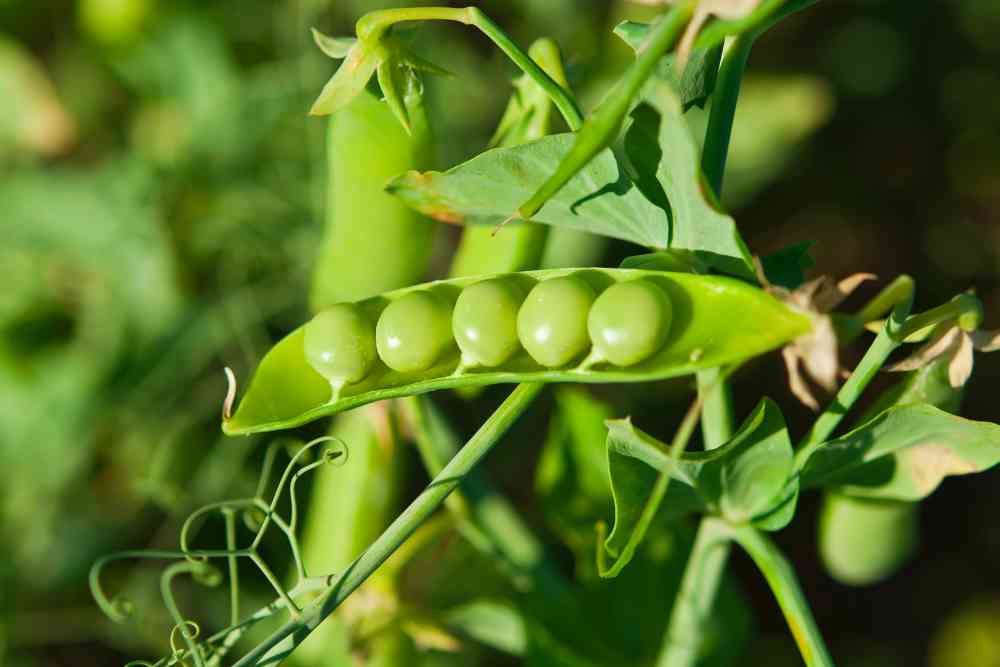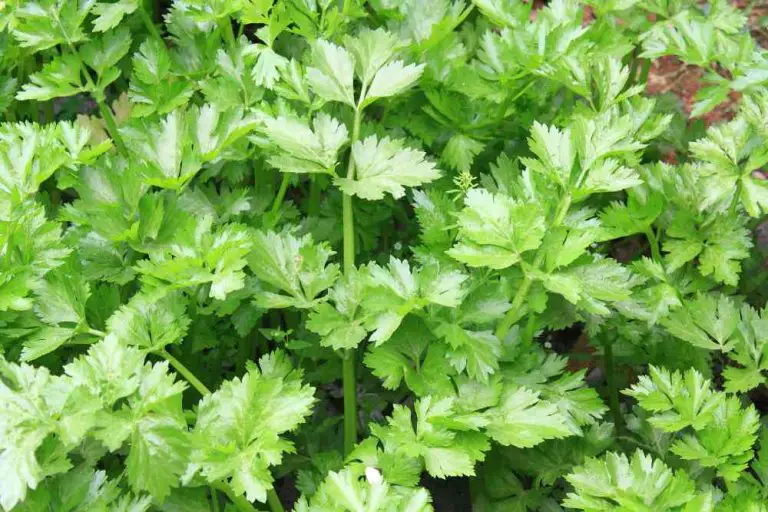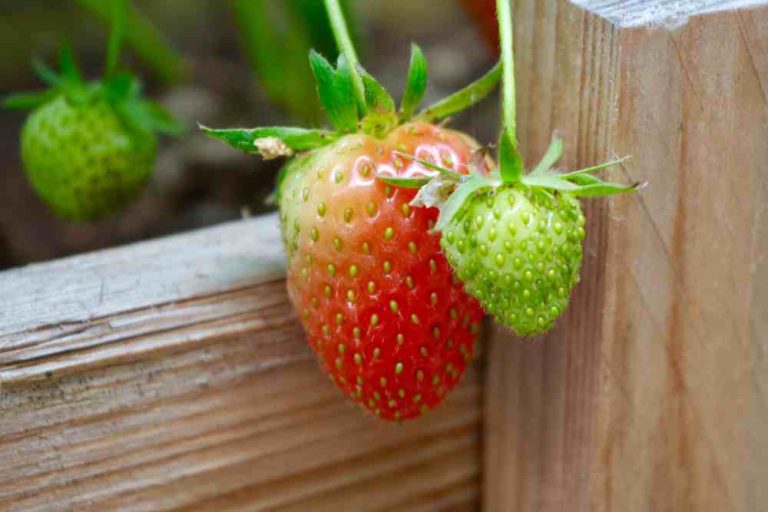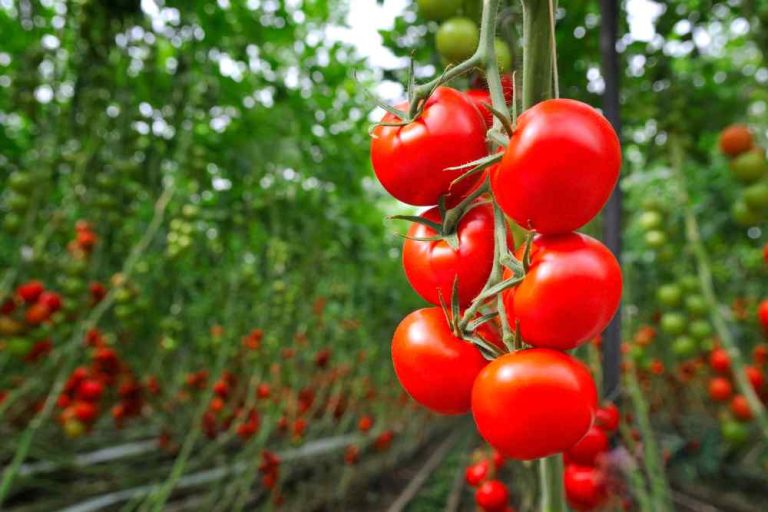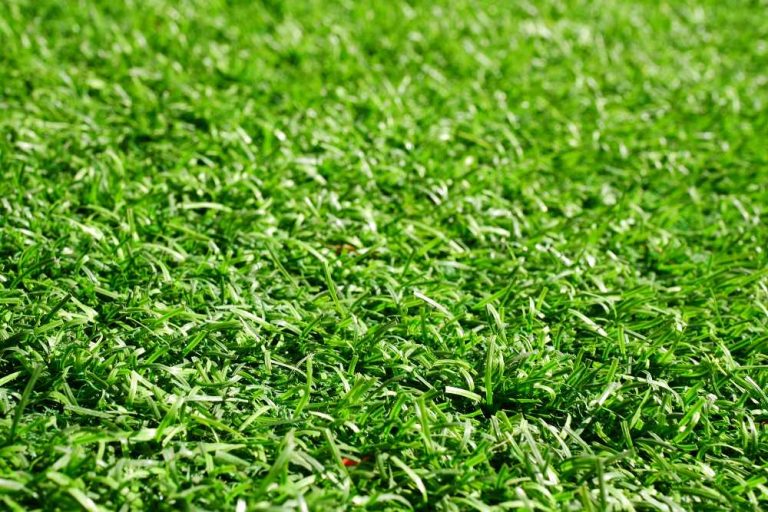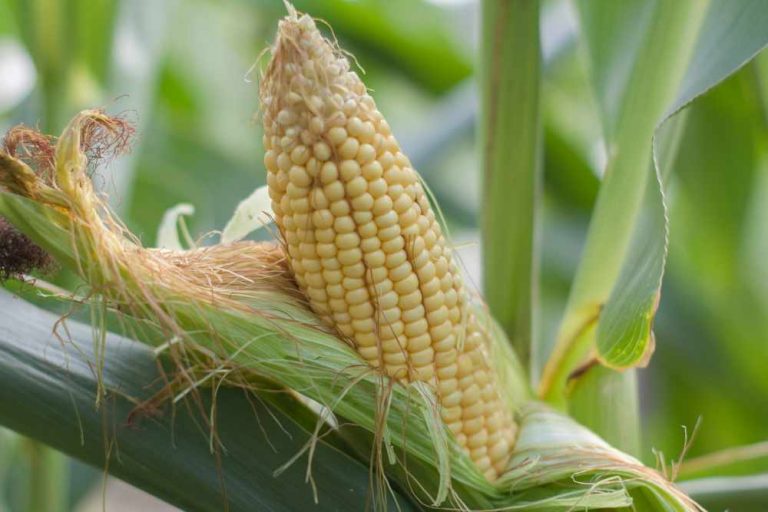Growing Peas: A Beginner’s Guide to Planting, Caring, and Harvesting
Pea is a nutritious leguminous vegetable that is widely cultivated throughout the world. It is a cool-season crop. Pea is a rich source of carbohydrates, protein, calcium, phosphorus, vitamins A and C, and a small amount of iron.
These Peas are very easy to grow however their growing period is limited to cool weather. Enjoy their taste as soon as you can, because they do not stay fresh long after harvest. The pea is also known as English pea or garden pea and it is a green pod-shaped vegetable. Here we are giving you an easy guide for growing peas in your garden.
Generally, there are three types of peas: garden or green peas (Pisum sativum), snap peas (Pisum sativum var. macrocarpon ser. cv.), and snow peas (Pisum sativum var. macrocarpon). Snow peas, sometimes called Chinese peas, have flat edible pods with small peas inside; the peas are not shelled, are flatter than garden peas.
Garden peas are smooth, round pods that are slightly curved, with vibrant green color and a smooth texture. Inside them, there are green, rounded pea seeds that are sweet and starchy in taste. Snap peas, a cross between the garden and snow peas, have plump pods with a crisp, snappy texture. Snow peas and snap peas both have edible pods that have a little sweeter and colder flavor than garden peas.
How To Decide The Best Location For Growing Peas
Peas require a sunny location with lots of air between the crumbs. The bacteria that exist on the roots of the pea plant require air to grow. In exchange for carbohydrates, the bacteria provide plant nitrogen. Peas prefer moist, well-drained soil. A silty loam that is soft and moist but not heavy is good. Well-rotted compost enhances light soil and promotes the opening up of heavy clay soils.
Peas can be grown successfully if the soil conditions are ideal. Peas should plant in well-drained soil with some organic matter or composted manure. They should be mulched with straw once they have started to grow. Vining pea plants require a trellis or netting system to provide adequate support, as some vines grow 3 to 5 feet or more before bearing fruit. Bush-type peas are mostly self-supporting.
Soil Preparation And Planting Peas
Two to three ploughings should be used to prepare the field. It must be free from weeds. During final ploughing, apply 25 to 30 t/ha of well-decomposed farmyard manure and 100 kg of dolomite per hectare. After ploughing, the field should be thoroughly leveled to provide optimum irrigation water distribution.
Plant peas in single or double rows, 1 to 1.5 inches deep and one inch apart. The distance between rows should be between 12 and 18 inches. Thin pea plants to 2 to 3 inches between plants in rows, or plant double rows 6 inches apart with 3 feet between single or double rows of tall varieties.
Peas grow best in cool weather (60 to 75°F) and light frosts will not kill them. Plant as early as the ground (March to May). To lengthen the harvest period, plant early, mid-season, and late varieties all at the same time. Because of the shorter days and warmer weather, a fall crop can be planted in July and harvested in September, but it is usually not as successful as a spring crop.
A fall crop can be sown in July for harvest in September, though the warmer heat and shorter days make it less successful than a spring crop. Peas come in bush and vining varieties. Bush or dwarf varieties are typically 18-24 inches tall, do not require staking, and do not take up lots of space. Tall or vining types require more support and yield for longer periods.
Plant Growing

Depending on the weather, seeds will begin to emerge from the soil in 7 to 30 days. It is important to monitor soil moisture daily, but do not overwater. To ensure vigorous, healthy growth, use fertilizer once a week.
Peas have only two leaves when they sprout. These are the seedling leaves on either side of the stem that resemble two fat hearts. True pea leaves appear around two weeks after the seed leaves have opened. Weaker seedlings should be thinned out so that they don’t compete for space and nutrients. To produce a tasty harvest, pea seedlings require a lot of nutrients.
Plant Maintenance
Peas only required a small amount of water. When planting, the soil should be moist to a depth of around 450 mm. Pre-sowing irrigation is required if the soil is dry for proper germination. Irrigation frequency is determined by the type of soil and the number of winter showers. Irrigation intervals of two to three days are usually required. A lack of moisture in the soil inhibits development and nodulation.
Flower bloom is another important stage for maintenance. Pea blossoms are self-pollinating (they include both male and female parts) and grow on the same plant. The pollen from the anthers is transferred to the tip of the stigma (female part) by honeybees, other bees, and insects, resulting in a pea pod. Take action to minimize pesticide use during flower bloom and increase bee and insect visits.
Weeds must be kept under strict supervision. Weed competition is most intense 3 to 8 weeks following emergence. Weed growing in the early stages of the pea crop causes significant damage. Weeding by hand is preferable than weeding by machine because mechanical weeding might harm the root system.
Harvesting
Crops grown under cool conditions will generally be ready for harvest within 110 to 120 days but may be as quick as 70 to 90 days, under warmer growing conditions. Garden peas, snap peas, and lima beans should be harvested when the pods are plump but before the seeds, harden or the pods turn yellow. Snow pea pods should be picked when they are tender and peas are just starting to form in the pod.
Snap beans should be harvested when the pods are full size but before the seeds induce pod bulging. Harvesting every three to four days will keep the plants from being overripe and encourage them to continue producing new pods. As soon as possible after harvesting to preserve nutritious quality peas should be cooled.
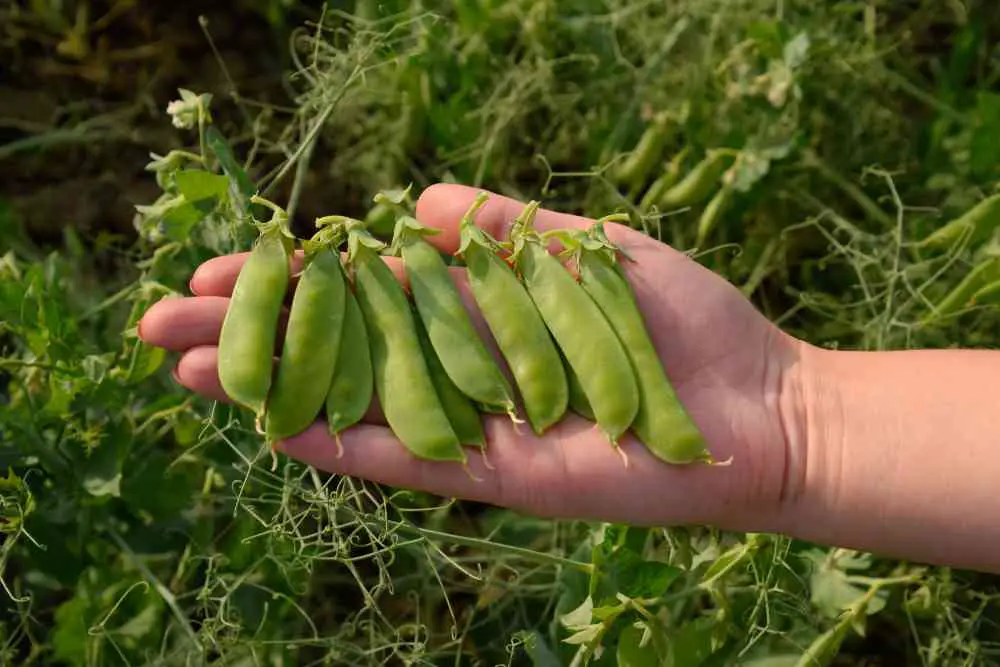
Cool peas as soon as possible after harvesting to preserve nutritious quality. Remove the seeds from the brown pods by picking them off the vines. Separate the seeds from the chaff. Air-drying the seeds will take approximately six weeks.
Peas should be stored in a cold, dark, and dry location, and should always be kept in an airtight container to avoid moisture and humidity. Pea seeds will live for 3-4 years in these conditions.
- 20+ Chic Boho Bedroom Ideas for a Cozy and Stylish Retreat - June 20, 2024
- 12+ Modern Boho Living Room Ideas to Create a Unique Oasis - June 10, 2024
- 10 Stunning Canopy Bed Ideas for a Dreamy Escape - May 16, 2024

